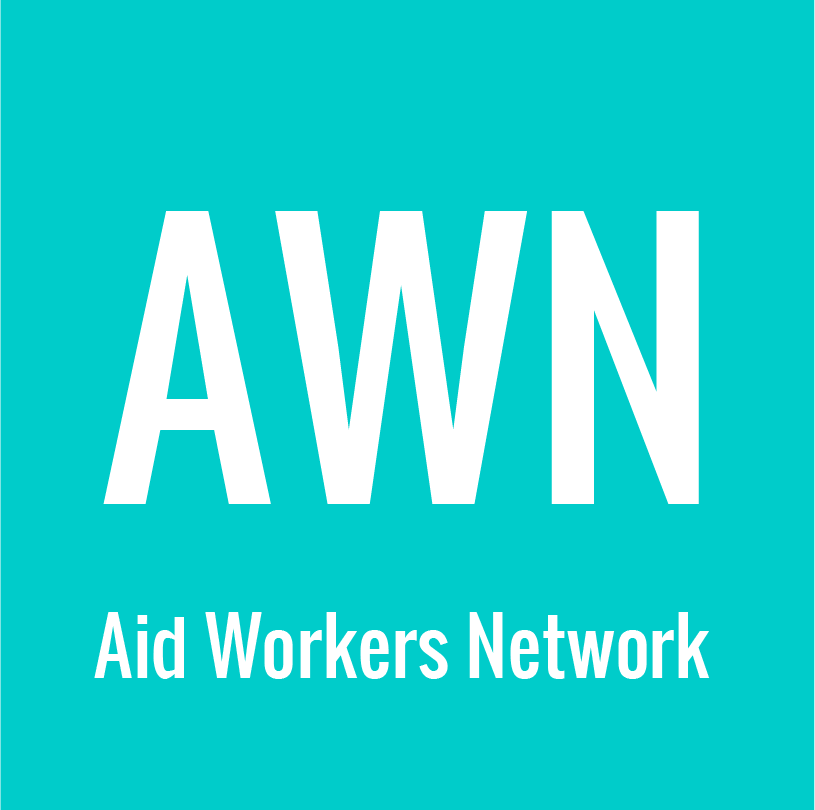AWN talked with Sylwa Abajian, a human resources specialist with Catholic Relief Services in Lebanon. Through Catholic Relief Services’ PEER initiative, Sylwa has worked with local and national organizations to help them do what they do better.
AWN: How does the typical organization you work with handle human resources?
Sylwa: Most organizations do not have established human resource departments. A few have a designated person responsible for human resources but that person is not necessarily a specialist. In these cases, the person assigned to play the role of a human resources manager or officer is usually responsible for tasks related to payroll or social security. There are multiple reasons for this, including lack of understanding and lack of funding for human resource specialists, but there are strategies to maximize what is possible with each organization.
AWN: It’s true that many of us only understand human resources to be tasks like hiring and payroll. When you first sit down to talk with an organization, what do you start with?
Sylwa: The first thing I always ask about is their vision and mission. This is the beginning point for everything. The vision and mission orient all of the systems and processes that we will put in place. They must be clear because they will help us put the right structure in place.
AWN: That’s really interesting. I would not have expected that, but it makes perfect sense now that you say it.
Sylwa: Yes, once the vision and mission are clear we can look at the organization’s current structure and assess whether it will really achieve their goals. If not, we adjust or restructure. It is very important to give organizations the knowledge to determine what kind of structure will best fit them and their goals. There is no correct or incorrect structure, no old or new. What is important is to think about the right model for that organization. With the right structure we can then choose the right people to put in the right positions to carry out the organization’s mission and achieve its goals.
AWN: What is the next step once the right structure has been identified?
Sylwa: Once we have the right structure, we can then look at the positions required by the structure and think about whether they are adequate to carry out the organization’s mission. If there are gaps, we work together to see how we can fill them.
I should add that this is for current human resource needs. Later in the process I work with organizations on strategic human resources. That is when we focus on their future, what they will need to do over time to achieve their strategic goals, and what they will need in terms of human resources to do that.
AWN: So once an organization has identified the best structure to fulfill its mission and the job positions within that structure, what comes next?
Sylwa: Next we see whether there are clear job descriptions for each position. Often only senior leadership has these. What I also often find is that one person has been assigned to different functions within the organization’s structure. This can lead to problems and is something that I recommend organizations work toward changing.
Creating job descriptions for all staff takes a lot of time. Picture, for example, an organization with more than one hundred employees, plus volunteers, that only has clear job descriptions for the senior leadership. It is not an easy process.
AWN: So how do you do it?
Sylwa: All of this is a participatory process. To gather the information we do a job analysis survey with all of the employees. We then work with the information generated to create job descriptions for each position in the structure. After creating the job descriptions we communicate them to staff and prepare all of the changes with them.
We accompany partners, to help them implement the changes with minimal problems and with flexibility; not impose change. We encourage them to pay special attention to how to work with staff, to gain their commitment to this process. Despite this effort there can be resistance because it depends on the internal dynamic of the organization. We do not have full control or impact if the senior leadership does not help us through this process.
AWN: So once the organization has made it through the work of creating job descriptions, is there another step in the process?
Sylwa: The final part is actually one of the most beneficial – the creation and implementation of policies and procedures. Most often these are related to the employee life cycle. They must also be compliant with local labor law to avoid negative consequences. Once the policies and procedures are developed, the organization tests them for a period of time, after which adjustments are made before they are finalized. In this way, the implementation will be effective. Sometimes the implementation goes smoothly and sometimes there is resistance. This process depends on leadership skills. One of the lessons we have learned is that we need to focus on leadership skills for management as a capacity-strengthening topic.
Part two of our conversation will be posted Friday, July 27.
Related resources, shared by Catholic Relief Services Lebanon:
How to Write a Job Description and Guide to Writing a Vision and Mission Statement (Arabic)
Systems Matter is a series of posts on the systems – financial, human resource, volunteer management, and more – of humanitarian and development organizations. AWN believes that good systems are necessary for organizations that want to do well by their staff and the communities they serve




Thank you @sylwa for sharing. Very useful 🙂